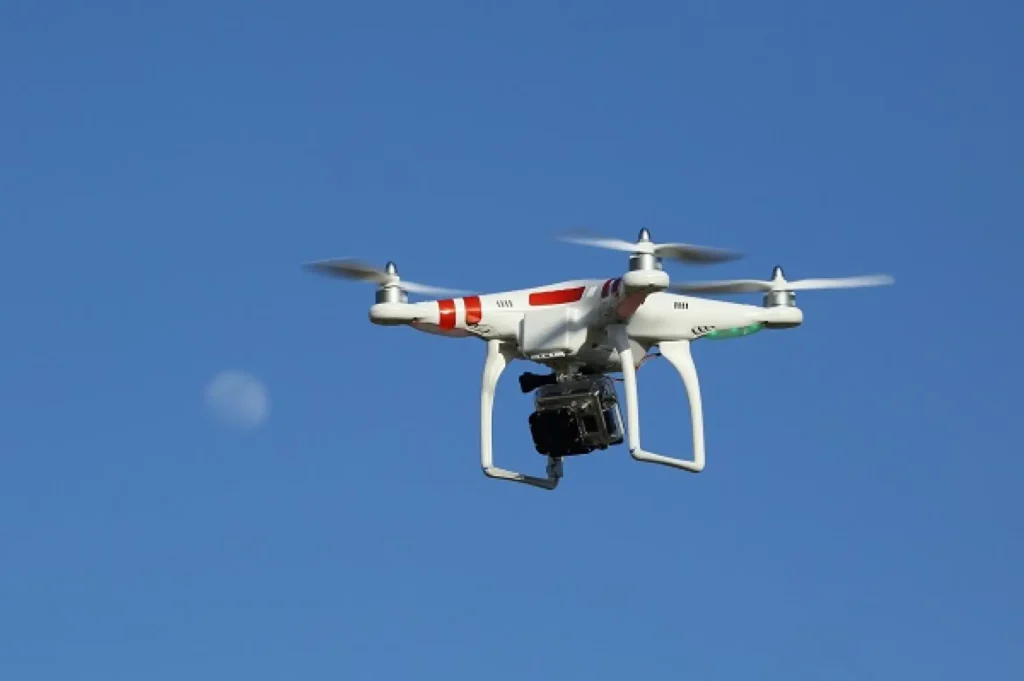The increased use of drones has created quite a stir in Congress and among groups seeking to safeguard privacy. In response, thirteen states have enacted laws instructing law enforcement how drones are to be used; eleven of them require warrants. However, these laws are usually centered on technicalities rather than addressing the central problem of surveillance everywhere.
Unintended results of technology-specific legislation
The result is that this approach can bring about some strange results.
- Allow fine-grained surveillance from manned aircraft
- Prohibiting the already benign use of drones to attend to tasks like accident documentation or environmental monitoring
Privacy advocates argue that drones, because of their lower operating costs, render pervasive surveillance feasible. Yet most law enforcement drones currently are less capable than manned aircraft, and they still require human operators.
The Aggrieved Dispute Over Warrants
One proposal requiring a warrant before using drones, for many public safety advocates, is simply nuts. This could lead to situations such as public events being monitored while unable to get the necessary warrant. Such limits would strip law enforcement of a powerful public safety tool but have little effect in preserving privacy within already-public circumstances.
A More Balanced Approach to Drone Regulation
Instead of a blanket warrant requirement, legislators should consider:
- A property rights approach gives landowners control over a column of airspace up to 350 feet above their property.
- Duration-based surveillance limits to address persistent monitoring concerns.
- Data retention procedures with increased protections for stored aerial surveillance data.
- Transparency measures require regular reporting on aerial surveillance device usage.
- Recognizing potential privacy benefits of drone technology, such as geofencing and auto-redaction capabilities.
Existing Supreme Court precedents (California v. Ciraolo, Dow Chemical Co. v. United States, Florida v. Riley) generally allow aerial observations from public navigable airspace without a warrantProblems of Airspace Rights
Low-altitude airspace is still legally undefined. The U.S. Supreme Court, in Causby vs. United States, rejected the ad coelum doctrine (which gives property rights infinitely upward), yet it acknowledged that a landowner has certain rights to the space overhead searching his property. Though no clear limit on altitude has been set for such rights, anyone directing a non-local drone probably should be aware not to even try it near home.
Additional Questions for Law Enforcement & Privacy
New legal issues arise as law enforcement increasingly turns to small drones that fly below 500 feet.
- Can property owners exclude drones from the airspace above their land as well?
- At what altitude do private rights cease and public space begin?
Such questions eclipse traditional aerial surveillance precedents as law, technology, and policy are rapidly changed by drones.
As drone technology advances, legislators will be confronted with the task of balancing on the one hand privacy protections for individuals and on the other law enforcement’s legitimate need to prevent and respond to crime. Considering property rights and surveillance duration, data protection, and transparency, a more nuanced approach might well prove more effective than simple blocking of new methods or requirements for writs. Clearly defined principles concerning the right to low-altitude air space will be pivotal in shaping the future forms that regulation and usage of drones take.



